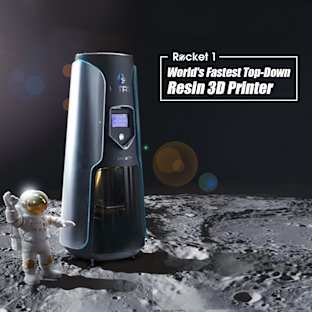This campaign is closed
BoneRush2023
BoneRush2023
Our Story
We are raising funds to support our team in the publication and search for the dumped ancient bones and mammoth tusks mentioned by John Reeves on the Joe Rogan Experience.
John Reeves is an Alaskan gold miner, who first came to be widely known by National Geographic's “Goldfathers”. In his search for gold, he uncovered the remains of thousands of Ice Age animals lying beneath the permafrost on his property. This discovery is featured in the 2019 documentary “Boneyard Alaska (https://boneyardalaska.com/)” and the popular Instagram account @theboneyardalaska (https://www.instagram.com/theboneyardalaska/)
Back in December, Rogan had invited Reeves on his Podcast to discuss the findings he's come across on his property and the stories behind them. He discovered woolly mammoth tusks on his property and built out the necessary infrastructure to extract them and to find other bones. In the first three years, they found thousands of tusks and steppe bison heads. Nobody knows why there are so many bones in this one area, which is only 5 acres and now known as “Boneyard Alaska”
The bones are changing paleontologists’ ideas about what existed in that area. They have found the remains of at least six animals that supposedly never existed in Alaska. Of the bones he has sampled, some were found to be between 3,000 to 22,000-years-old. Reeve’s went on to mention that from 1928 to 1958, the American Museum of Natural History extracted 500,000 bones (from what is now John’s property in Fairbanks, Alaska) and stored them in un unopened crates in New York City. In the 1940s, The American Museum of Natural History, due to not having enough space to store them, disposed a box car load of 50 tons of the bones and tusks in the East River‚ specifically around the area off 65th Street. Within this interview Reeves also mentioned he wanted to start a "Bone Rush".
After we caught wind of the interview, our Siren Marine Solutions team quickly went to work searching in NYCs dangerous East River and have been diving 2x a day for the last few weeks. It’s said that the chances of finding anything are slim UNTIL Saturday 02/25/23 around noon when we DID in fact find a mandible bone belonging to a Steppe Bison, bringing this cold case of missing bones back to life!
We are dedicated to searching for the ancient bones and tusks as they should be preserved and categorized properly, not carelessly thrown in a river to be forgotten about.
Your contributions will aid in making history!
Major Challenges and Risks
Along with being one of the most dangerous jobs in the world, Commercial divers are exposed to an array of marine hazards, including drowning, respiratory and circulatory complications, and hypothermia, which can be worsened by the number and length of dives, physical demands of diving, and limited visibility underwater.
Diving in NYCs East River is not a an easy dive by no means. The tides and under currents are considered very strong and very dangerous vs the Hudson to west of the Island of Manhattan. Dark, cold, high current, low visibility, and lots of boat traffic. Plus potential pollution issues to deal with depending on the day.

























































